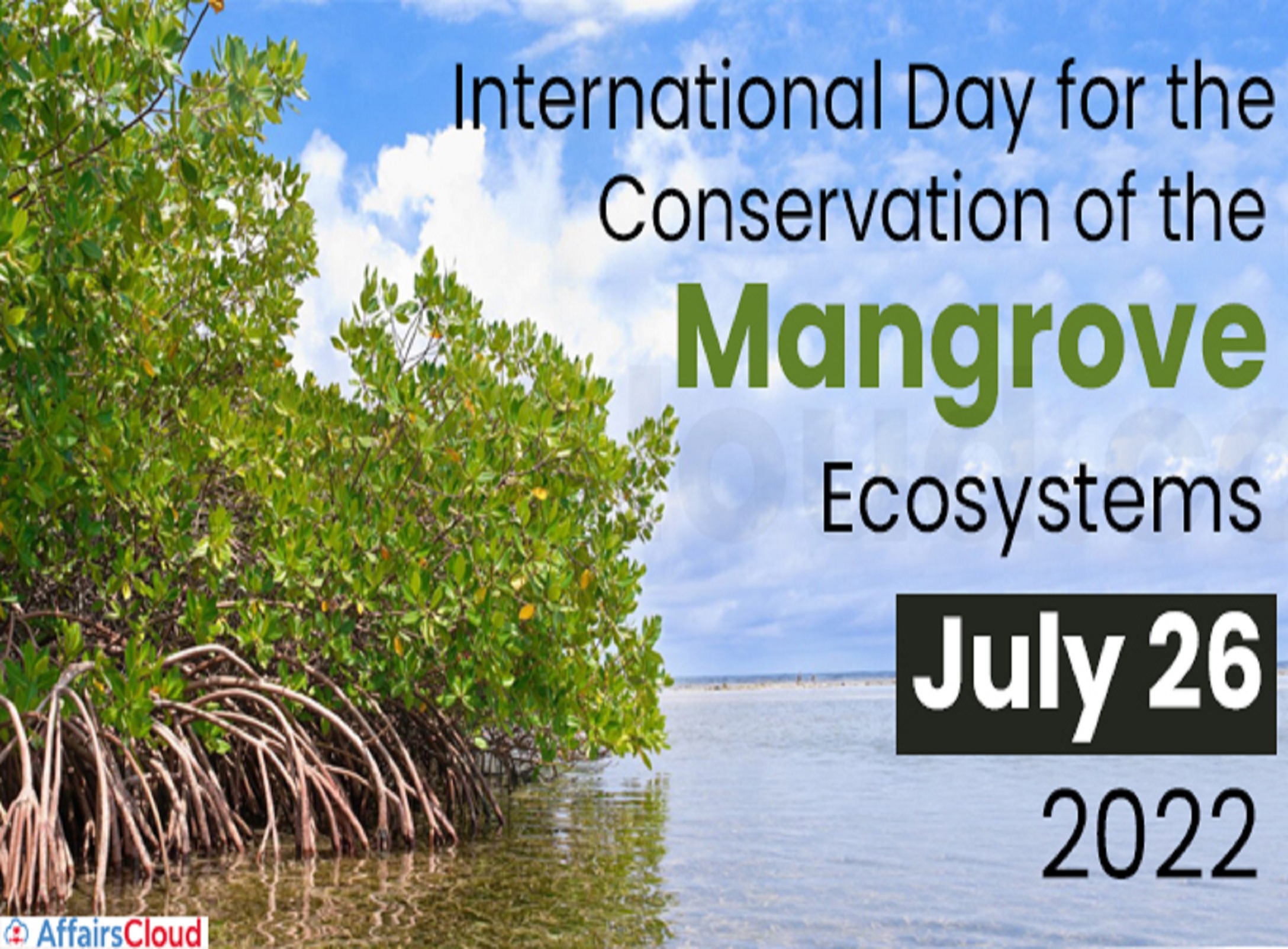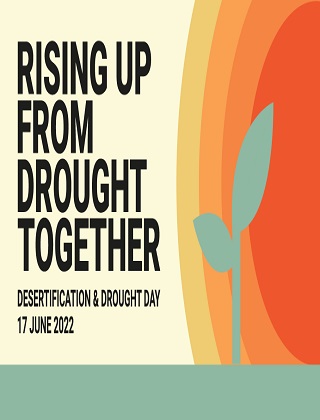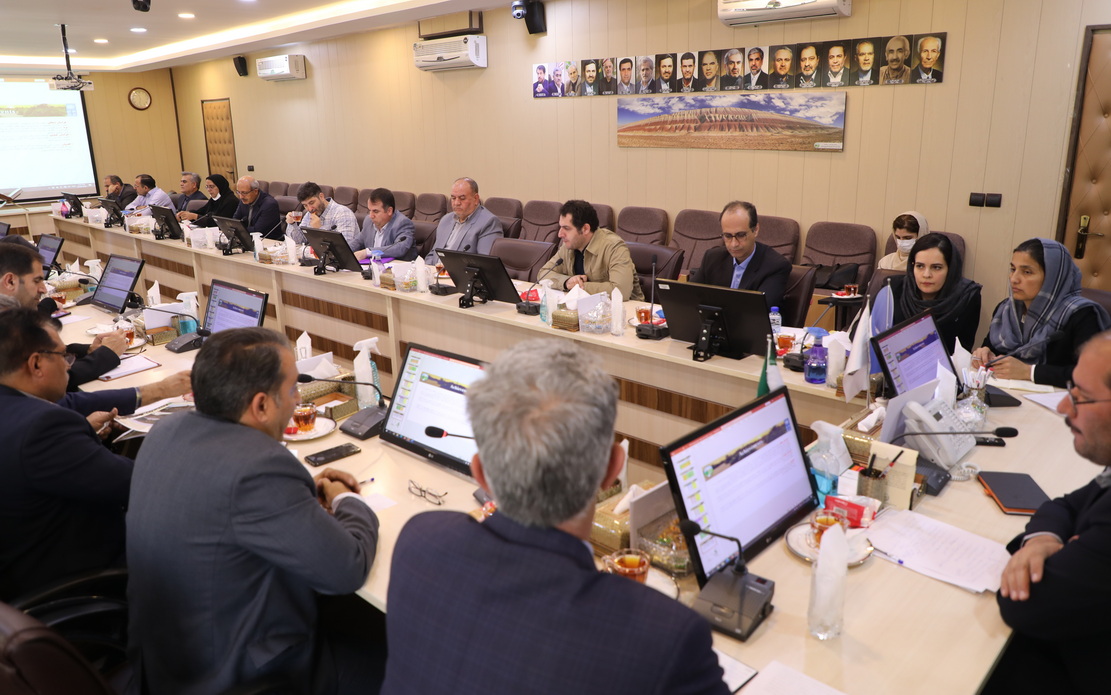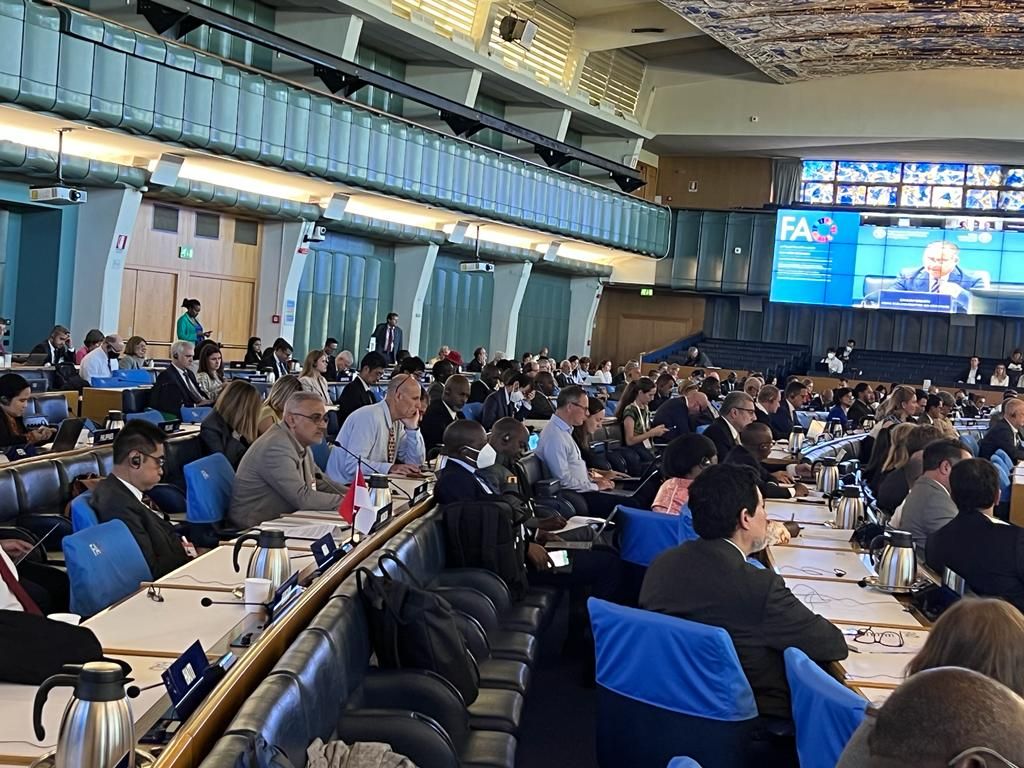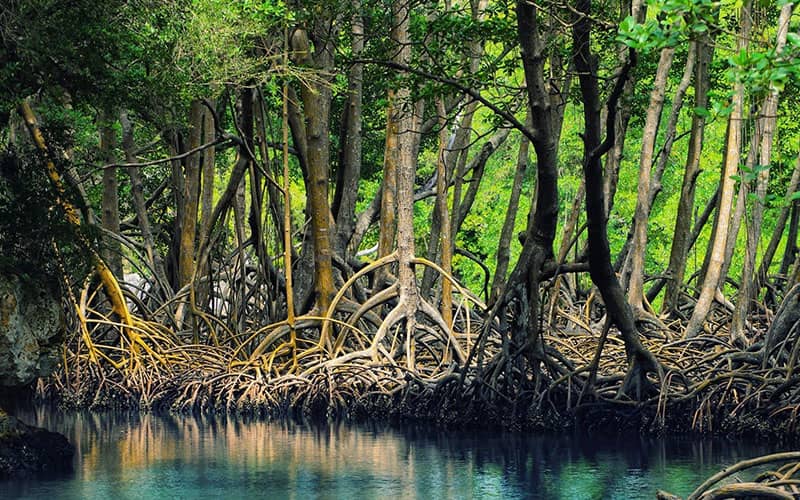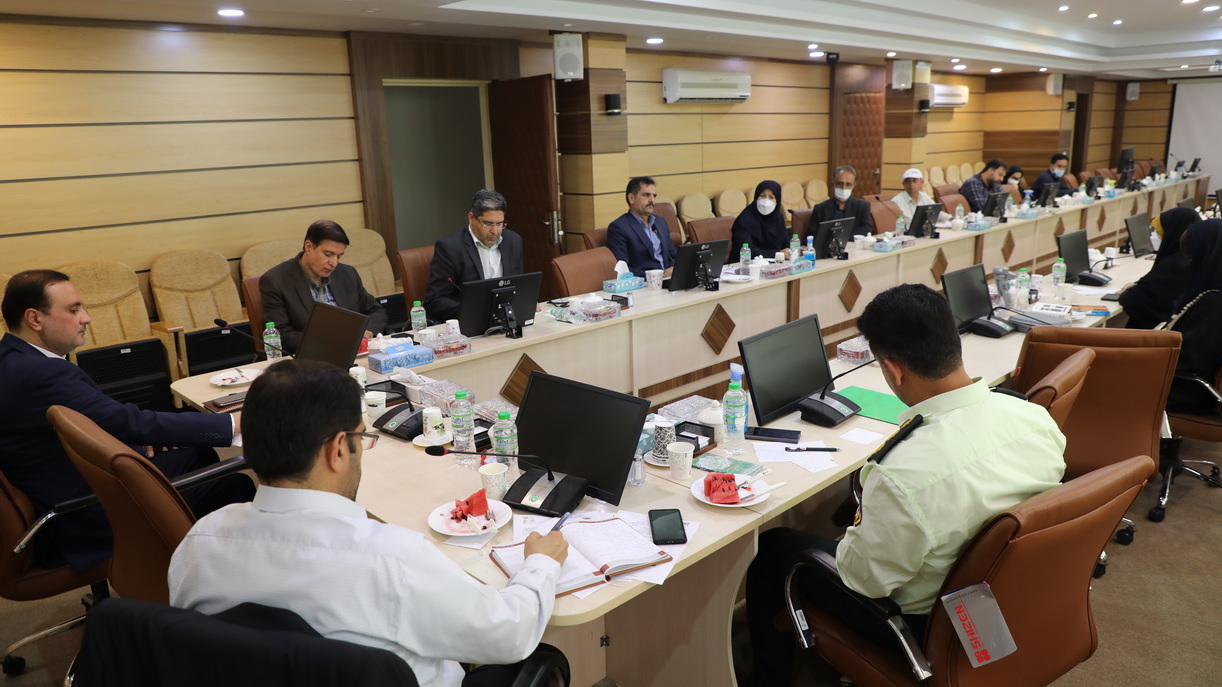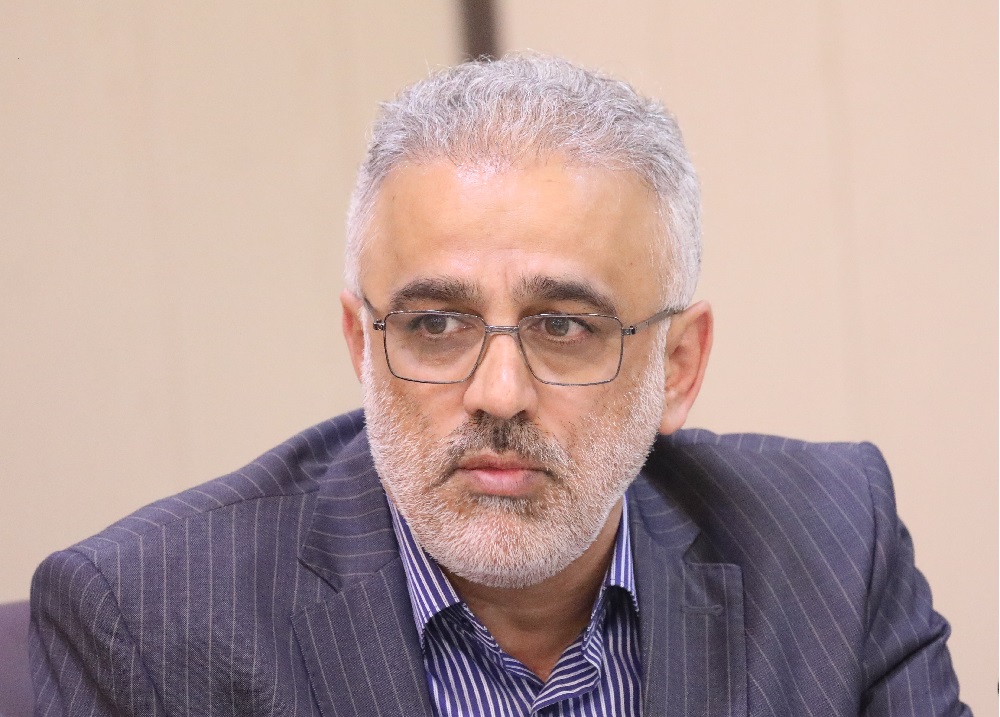Deserts Desert is a barren expanse of land with arid climate where precipitation is less than 150 mm annually with sparse perennial vegetation. Main features of deserts can be summed up as: 1- Little or no precipitation, 2- Large variations in temperature, 3- High temperature, evaporationand transpiration, 4- Poor and sparse vegetation, 5- Little or no organic matter in soil. Iran with 1.2 percent of earth terrestrial area has 3.1 percent of deserts of the globe. Therefore, based on climatic classifications, more than 90 percent of the land area of country falls into arid, hyper arid and dry sub-humid climates that in turn makes the natural ecosystems more sensitive and fragile. Deserts comprise 32.6 million ha of Iran territory equal to over 20 percent of land area. Deserts surround 19 provinces and 97 cities in Iran. At the moment, 20 million hectares are prone to wind erosion of which 6 million hectares are hot spots and high risk areas. Harsh conditions in arid and hyper arid regions coupled with human interferences in the nature including over-grazing, over-exploitation of water resources, rapid industrial development as well as huge land use change has further worsened the trend of desertification and land degradation.
Classification of deserts Desert is divided into two groups based on their sources and formation processes as follows: - Natural or historical deserts These deserts are formed by geographical conditions such as location in a certain altitude and longitude, having very low precipitation, high temperature as well as sensitive geological formations. Natural deserts in Iran are categorized into two main internal and coastal deserts. The main factors contributing to natural deserts in Iran are: - Alborz Mountains in the north and Zagros Mountains in the west of country prevent the humid climate of the Mediterranean Sea and North Atlantic Ocean penetrate to the lowlands in the central regions of the country. - The geographic location of Iran on the arid belt in the northern hemisphere, exacerbates the aridity of climate in the central plateau which is characterized by low precipitation, high evaporation and high temperature fluctuations. - Human-induced deserts Iran has been the dwelling place of many tribes and communities and therefore exposed to exploitation from the past. As long as the population growth matched the resources available in nature, the ecosystem was sustainable and in balance. However, population growth increased the need for food and fuel and consequently led to the over-exploitation of natural resources. As a result, this destructive cycle resulted in land degradation in arid areas. Desertification due to human interferences in nature is one of the main reasons behind land degradation in Iran. Arid, semi-arid and arid sub-humid climatic conditions in vast areas of the country have made the ecosystems sensitive to destructive activities hand in hand with long term over-exploitation of land resources. Desertification, in the initial step, is characterized by the reduction or loss of biological productivity, but in its severe phase is accompanied by the total deterioration of biological productivity, known as desertified land.
|


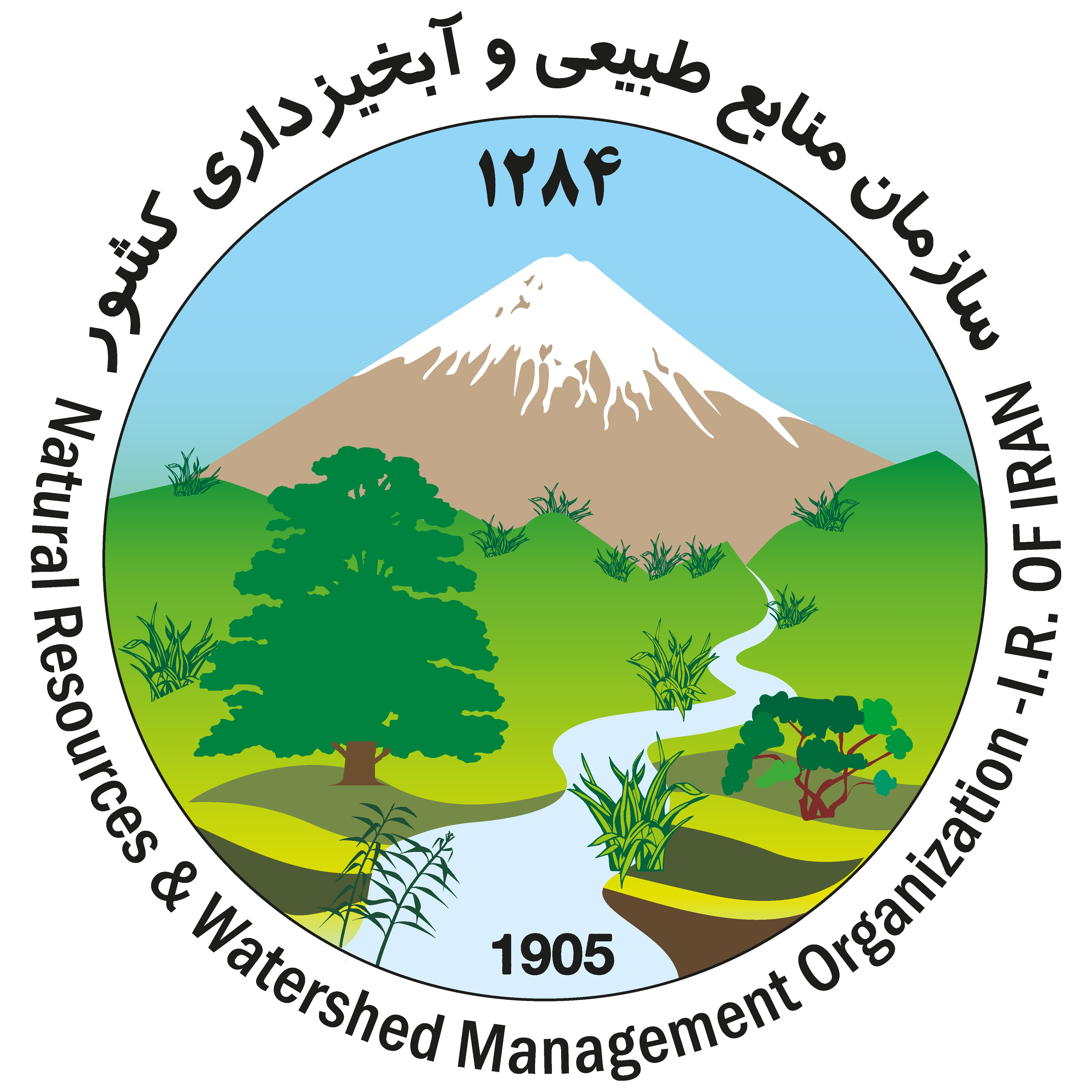

.png)


